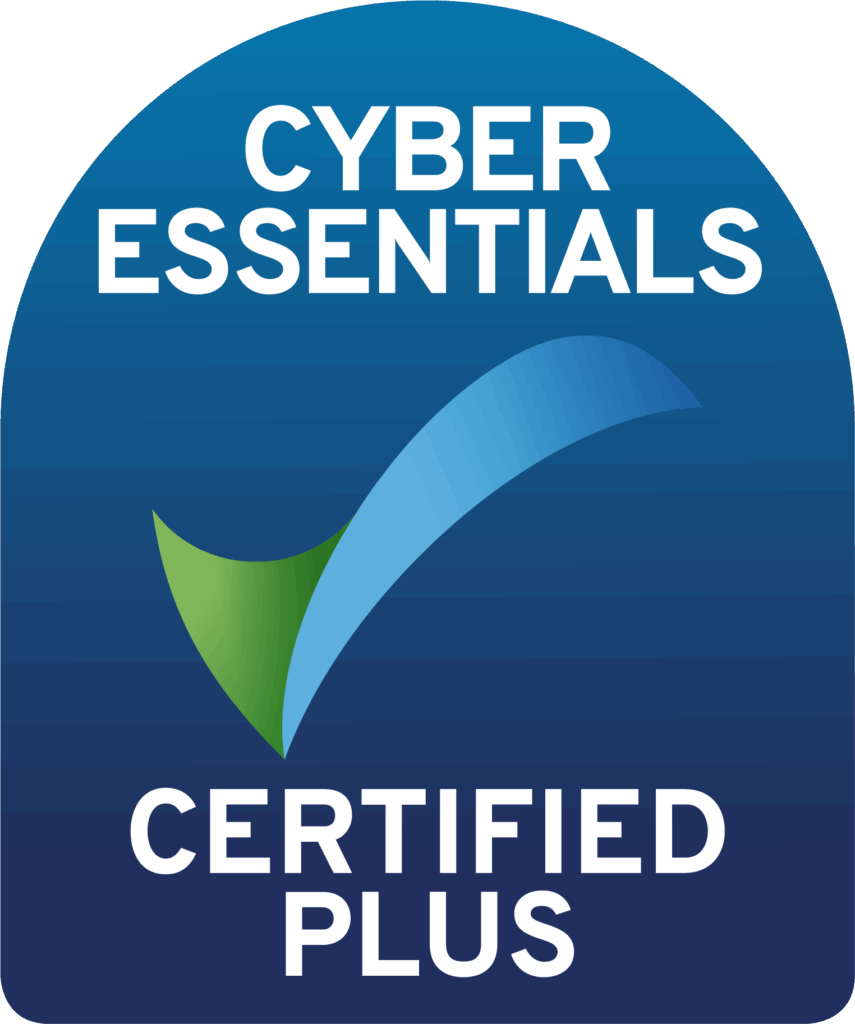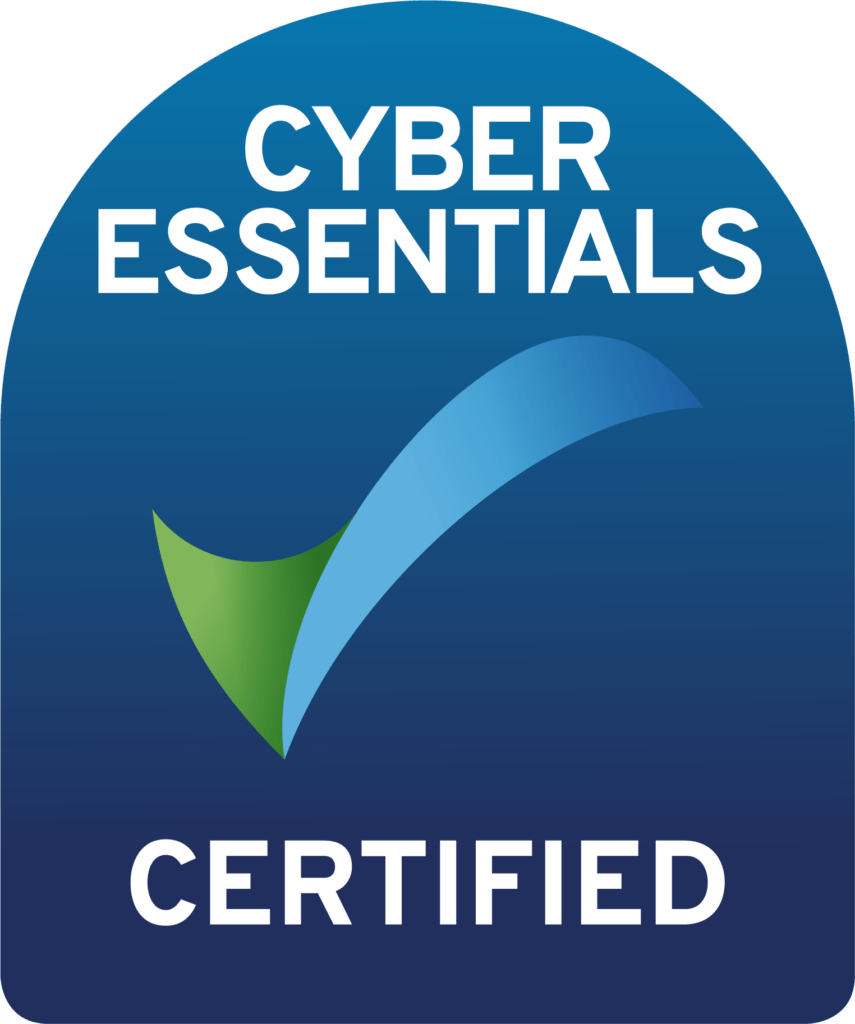Managing staff workloads can feel like juggling flaming chainsaws while riding a unicycle on a tightrope over a piranha-infested pool. It’s a delicate act, and even the most skilled manager can stumble. If you’ve recently received negative feedback about workload management in your business, take a deep breath and know you’re not alone. But fear not, weary leader! This blog is here to equip you with the tools and strategies to transform your workplace from a chaotic circus into a symphony of productivity (minus the clowns… hopefully).
First things first: What’s the issue with managing staff workloads? Diagnose the problem (without resorting to dramatic reenactments)
Negative feedback is a goldmine of information, but sometimes you might want something a bit more constructive than “you’re bad at managing staff workloads”. Before diving headfirst into solutions, take some time to analyse the specific concerns. Were employees feeling overwhelmed by sheer volume of work? Perhaps deadlines were unrealistic, or communication about project scope was lacking. Did the feedback mention a sense of unfairness in workload distribution? Maybe some team members were consistently drowning while others seemed to be chilling in a workload oasis.
Channel your inner Sherlock Holmes (but maybe skip the deerstalker)
Gather intel! Consider conducting focus groups or crafting your own surveys to get a clearer picture of the situation. Talk to individual team members – sometimes a simple, open-ended question like “how can we better support you in managing your workload?” can reveal hidden issues. Remember, the goal here is to understand the root cause, not assign blame (though a gentle nudge towards better time management skills from a chronic procrastinator might be necessary).
The art of delegation: sharing is caring (unless it’s the last slice of pizza)
Micromanaging might make you feel like you’re in control, but it’s a recipe for employee burnout and hinders overall efficiency. Instead, empower your team by delegating tasks effectively. This doesn’t mean dumping your overflowing plate on the nearest unsuspecting colleague. Consider individual strengths and weaknesses when assigning tasks, and ensure employees have the resources and support they need to succeed.
Taming the project scope creep (because scope creep is a beast)
Project scope creep is a sneaky villain with a penchant for turning manageable tasks into monstrous undertakings. Clearly define project scope at the outset, and involve your team in the planning process. This ensures everyone is on the same page and helps avoid last-minute revisions that throw workloads into disarray. Don’t be afraid to say no to new requests that fall outside the project’s initial scope – a little preventative medicine goes a long way.
The power of communication: it’s not just about mandatory fun days (although those can be fun)
Open and transparent communication is crucial for managing staff workloads. Regularly check in with your team to gauge progress, identify potential roadblocks, and adjust deadlines if necessary. Encourage employees to communicate openly about their workload – a stressed-out employee is less likely to produce their best work.
Setting realistic deadlines (because deadlines should be achievable, not threats)
Unrealistic deadlines are morale killers. When setting deadlines, consider the complexity of the task, team member availability, and any potential dependencies. Involve your team in the deadline-setting process whenever possible – they often have a good understanding of how long tasks will realistically take. Remember, a missed deadline due to an ambitious (read: unrealistic) timeframe is a recipe for stress and resentment.
Prioritisation is key (because everything can’t be urgent… right?)
Not all tasks are created equal. Help your team prioritise their workload by identifying critical tasks that need immediate attention and delegating or scheduling less urgent tasks for later. Prioritisation frameworks like the Eisenhower Matrix can be helpful tools, but ultimately, the key is to identify what absolutely needs to be done now, and what can wait.
Harness the power of technology (because spreadsheets can only do so much)
There’s a plethora of project management and workload management tools available that can streamline the process. These tools can help with task delegation, time tracking, communication, and keeping everyone on the same page. Invest in some user-friendly tools that your team will actually enjoy using (because let’s be honest, nobody enjoys wrestling with a complicated and unintuitive software program).
Work-life balance is a real thing (and it matters)
Employees who feel constantly overloaded are more likely to experience burnout (side note, if you want to see how much burnout costs you, our calculator is your friend). Encourage your team to take breaks, utilise their vacation time, and maintain a healthy work-life balance. A well-rested and rejuvenated employee is a productive employee. Plus, nobody wants to work for a boss who resembles a sleep-deprived zombie (it’s a bad look for everyone).
Celebrate wins (Because recognition also matters)
Employees thrive on recognition. When a project is completed successfully or a team member goes above and beyond, take the time to acknowledge their efforts. A simple “thank you” or a public shout-out can go a long way in boosting morale and motivating employees to tackle future challenges. Consider implementing a reward system for exceptional performance, but even a heartfelt “great job” can make a big difference.
It’s a marathon, not a sprint (Because nobody wins a marathon by sprinting the whole way)
Managing staff workloads is an ongoing process, not a one-time fix. Regularly check in with your team, be open to feedback, and be prepared to adapt your approach as needed. Remember, your goal is to create a sustainable system that fosters productivity and well-being for everyone. Nobody enjoys feeling like a hamster on a never-ending wheel, so prioritise workload management as a key element of a healthy and productive work environment.
Building trust is key (Because nobody wants to work in a micromanagement maze)
Micromanaging not only hinders efficiency, but it also erodes trust between managers and employees. Empower your team by giving them ownership of their tasks and trusting them to deliver results. Provide the resources and support they need, but avoid hovering over their shoulders. Regular check-ins are important for communication, but micromanaging every step of the process will only lead to frustration (and possibly a mutiny…but hopefully not).
Lead by example (Because actions speak louder than spreadsheets)
Your leadership style sets the tone for the entire team. If you’re constantly overloaded and working long hours, it sends a message that this is the expected norm. Practice good time management yourself, delegate effectively, and maintain a healthy work-life balance. When your team sees you prioritising well-being and efficiency, they’re more likely to follow suit.
Conclusion: From chaos to calm (And maybe even a little zen)
Managing staff workloads effectively is no easy feat, but by following these tips and fostering a culture of open communication, you can transform your workplace from a chaotic battleground into a well-oiled machine (hopefully without the constant whirring of machinery). Remember, happy and well-supported employees are productive employees. So, take a deep breath, ditch the hero complex (you don’t have to do it all alone!), and embark on the journey to becoming a workload management pro. Your team (and your sanity) will thank you for it.









